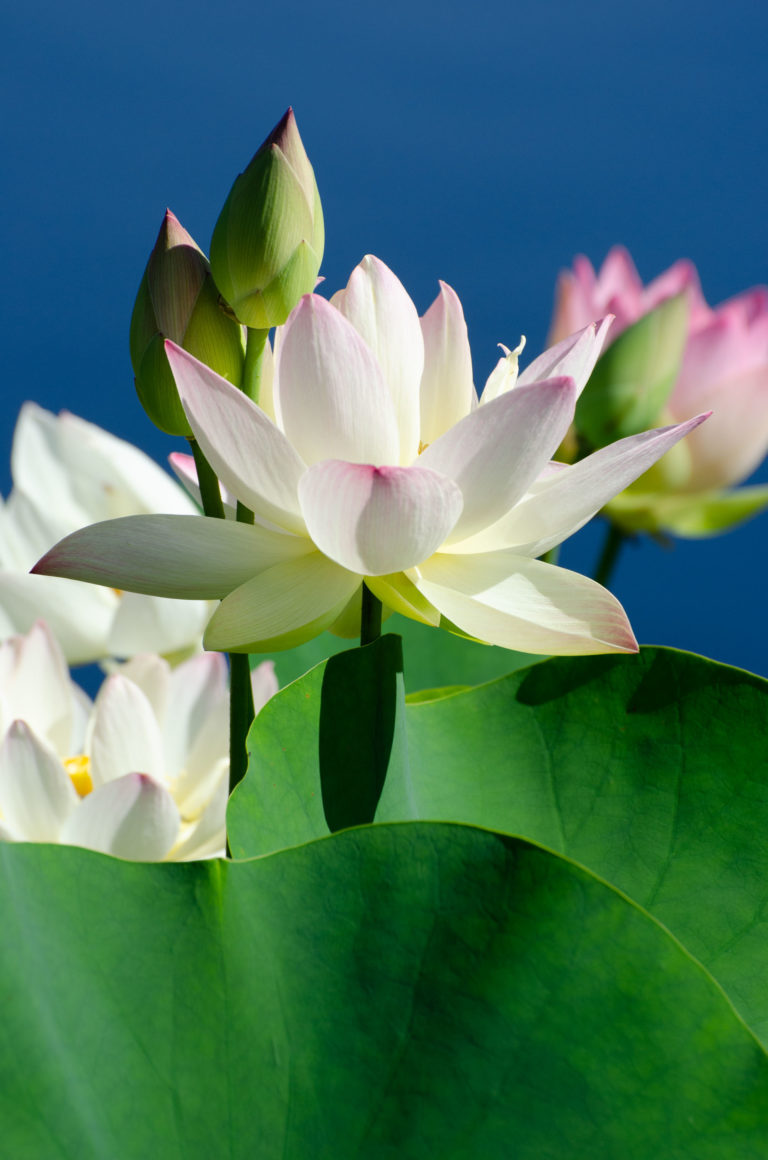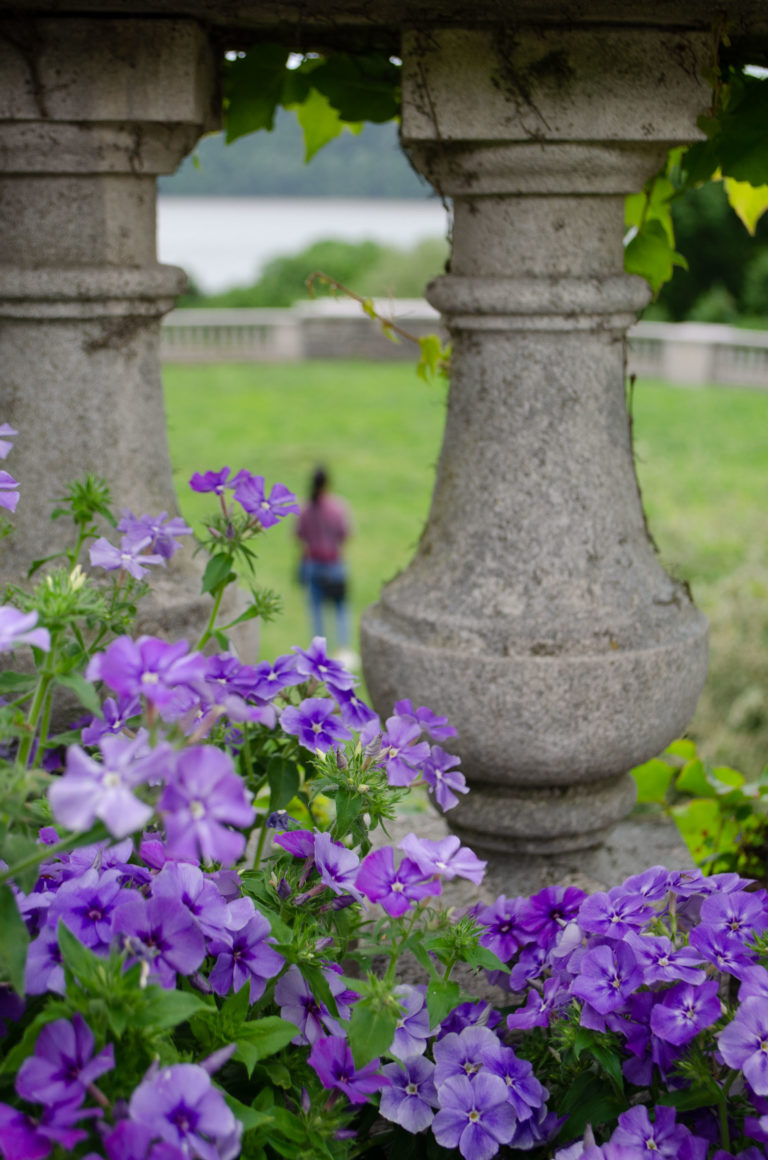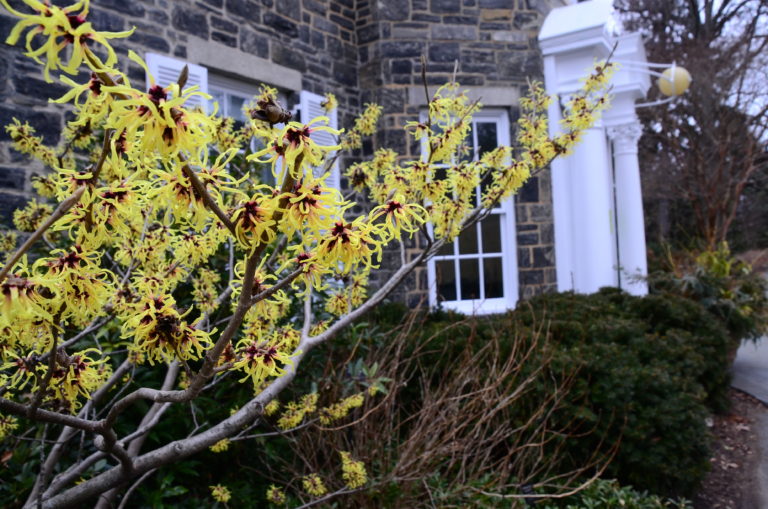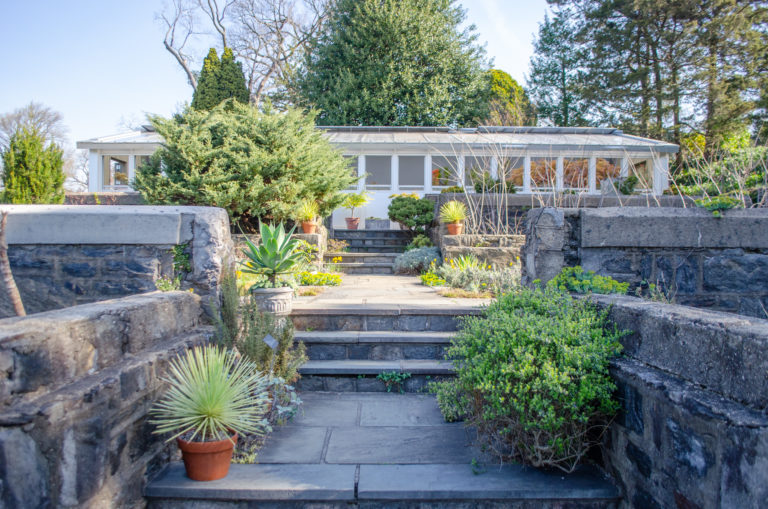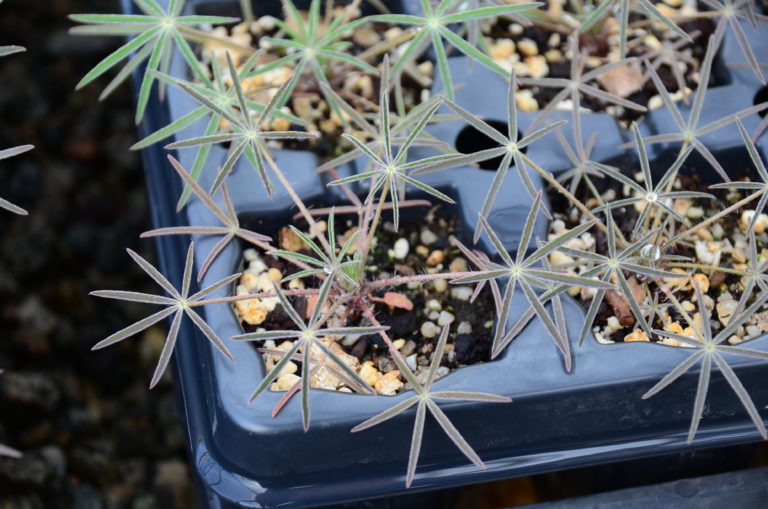
Spring Seedlings
March 23, 2022It is officially spring. Bulky perennials are cut back, snowdrops have come and gone while glory-of-the-snow are adding color to every corner. And spring annual seeds have germinated! This seasonal excitement can make it hard for some to resist starting summer seeds too early. One way to satisfy that urge is to start spring annuals from seed.
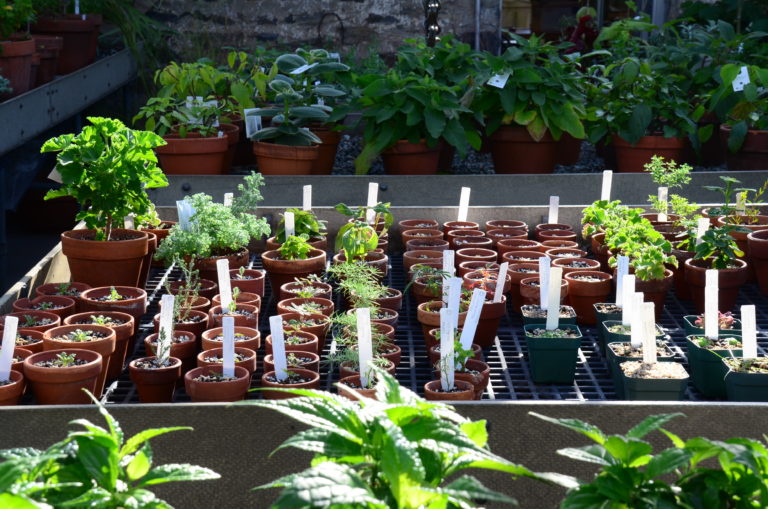
Here at Wave Hill, spring has been unfurling for weeks in our working greenhouse, which is packed with spring annuals. They’ll begin appearing in seasonal displays in the gardens this April and May.
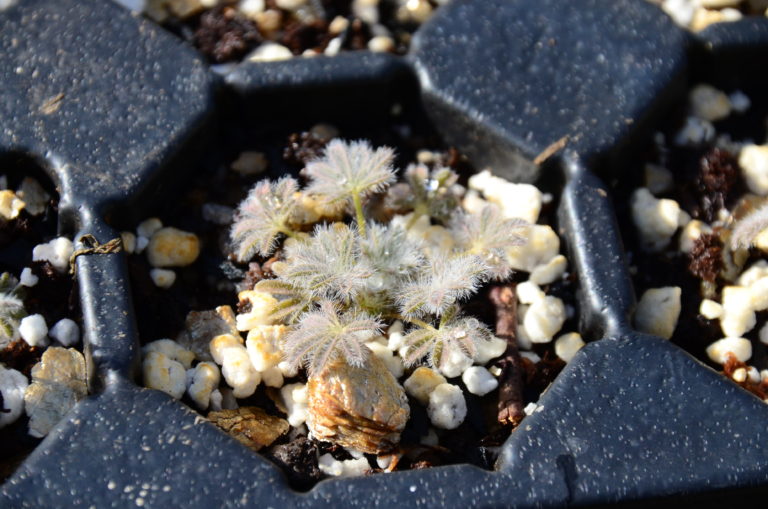
Lupinus concinnus (Bajada lupine) and Lupinus benthamii (spider lupine) are lupine species with fantastic foliage, as well as spire-like flowers. L. concinnus will retain its fuzzy pubescence as it matures, in contrast with the dynamic elongated leaflets of L. benthamii. Wave Hill Gardener Gelene Scarborough plans to display these plants in the Flower Garden, some in the basin that stands in the center of the space. Most gardeners are familiar with perennial lupines, but because these two species are annuals, they will only be on display for this spring season.
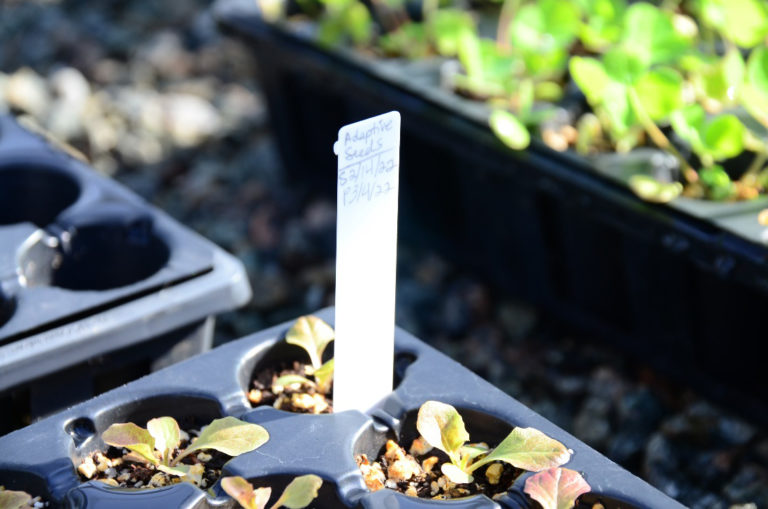
On the Kate French Terrace at Wave Hill House, the blush-red leaves of lettuce ‘Hyper Red Rumple Waved’ will offer a bit of color and texture diversity among the tulips. When I asked Wave Hill Gardener Shane Pritchett why lettuce, he explained that there are few cold-weather foliage plants. “Sometimes we use mustard greens,” he explained, “but I wanted to switch it up this year.” Now growing from seed indoors, the lettuce will go out in containers before late-blooming tulips open.
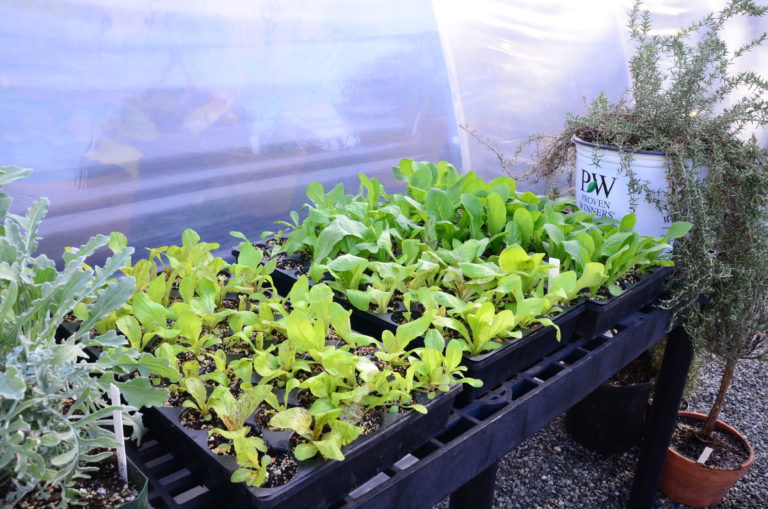
Lettuce ‘Freckles’ is destined for the annual displays in front of the Herb Garden. Gardener Harnek Singh got a jump on starting these seeds back in February, which is why ‘Freckles’ will be ready to go into the ground any day now.
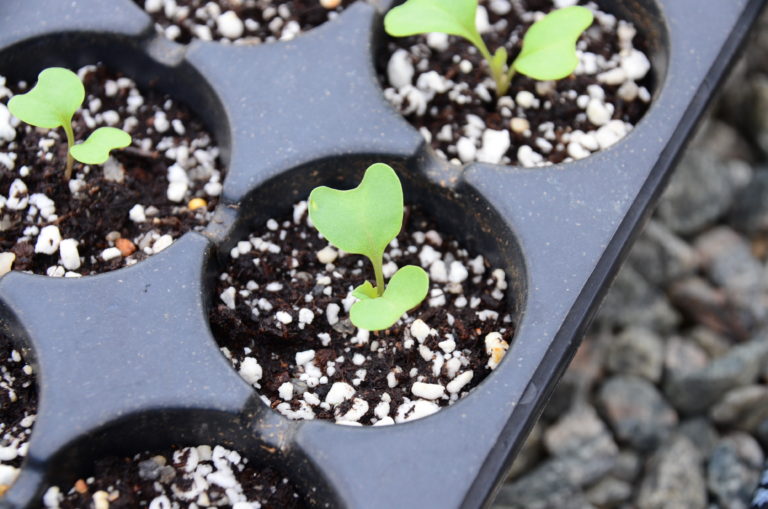
Walking-stick kale is the stuff of legend. Native to Jersey, one of the Channel Islands off the coast of France, this kale reaches six to 12 feet in height! On Jersey, there is an artisan who carries on the craft of creating walking sticks from dried kale branches—hence the name “walking stick.” Harnek plans to display some of these kales in the Herb Garden entrance beds. As he explains, “I am always looking for something tall that grows quick and won’t interfere with the garlic at the back of the bed.”
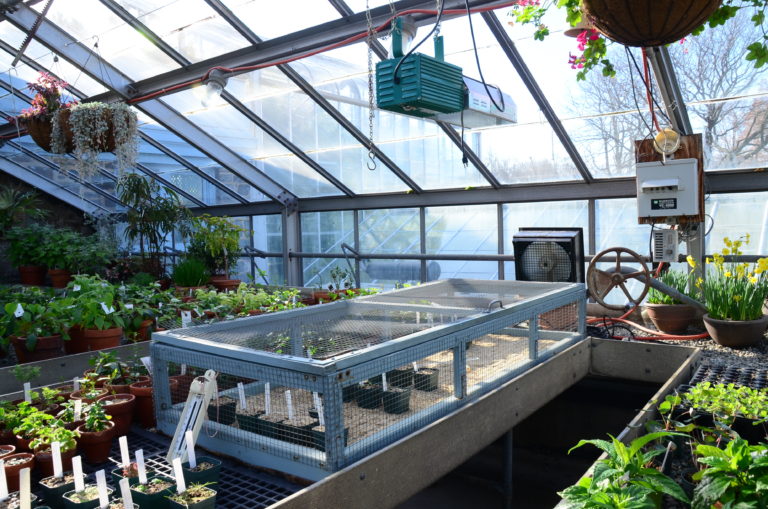
Because it is inexpensive and easy for the experienced gardener, starting annual plants from seed is pretty typical at Wave Hill. Once sown, seeds are placed in Wave Hill’s "cage.” It may look like a fighting arena, but this cage keeps seeds safe from hungry birds that may visit the greenhouse. A bed of coarse sand coats a heating mat, which keeps seeds and their substrate at a toasty 70 degrees. Moisture and air flow are moderated by a fan, which helps prevent damping off—a type of seedling death caused by fungal growth.

In early-April, our gardeners will start sowing their annual summer plants. Shane, who grows a lot of annuals from seed, shares a word of caution about timing: “If you sow too early, while the days are still short, growth is slow and its dangerous for summer plants.” Keep an eye out for purple and pink Cleome cultivars at Kate French Terrace and red and orange Gomphrena cultivars at the Pergola this summer.
Next year, satisfy that seed-starting urge by focusing on spring annuals first. At Wave Hill, we sow in February. In the meantime, when you visit Wave Hill this spring, keep an eye out for these unique plants tucked amongst the regular spring displays of daffodils and tulips.
Jess Brey,
Ruth Rea Howell Senior Horticultural Interpreter
